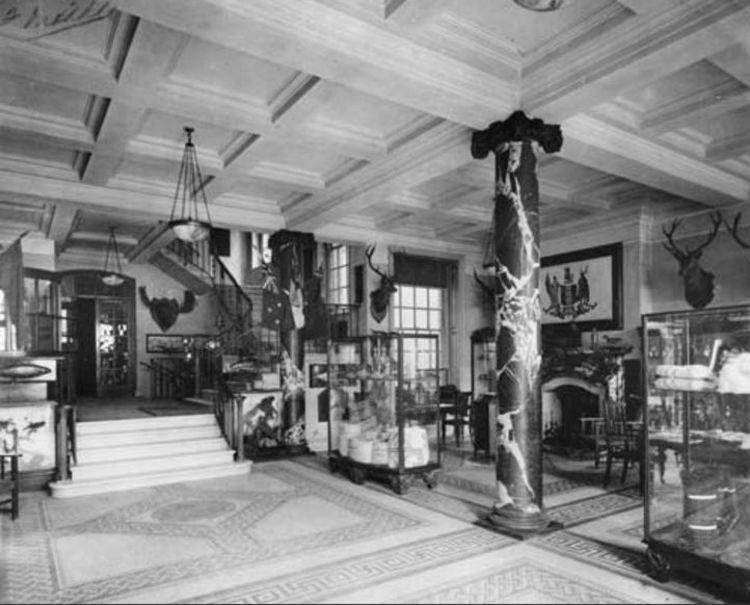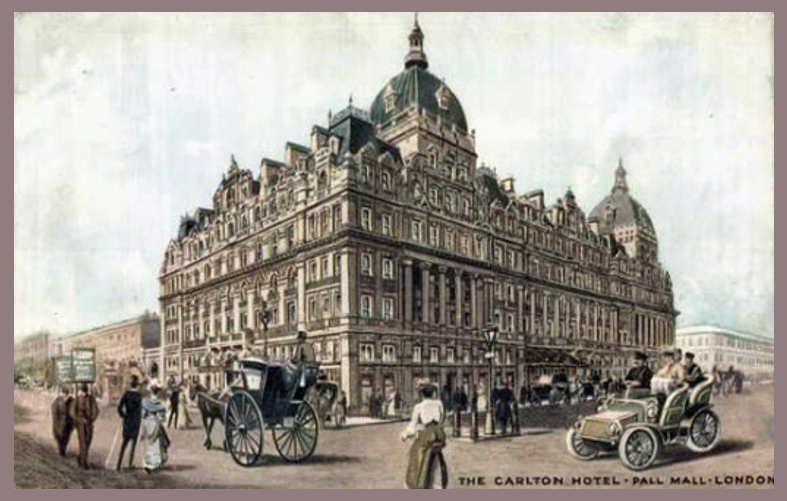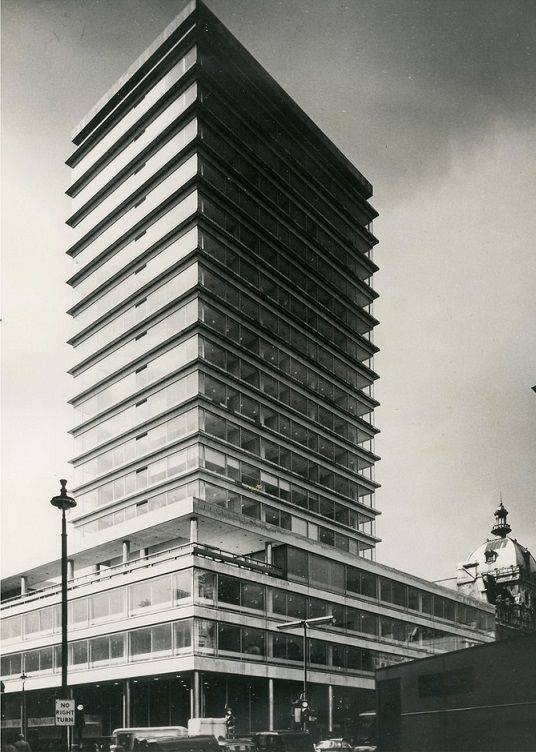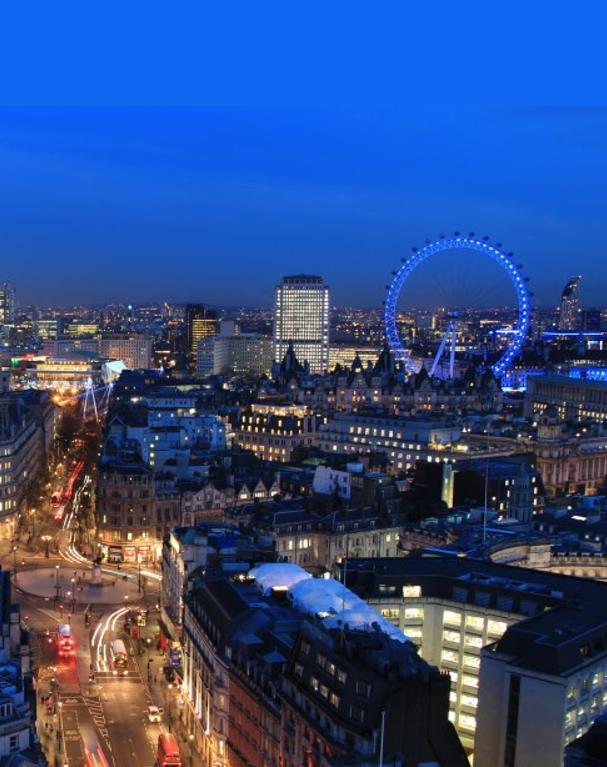
London
Our Story
New Zealand House in London
London is the oldest of New Zealand’s diplomatic posts. New Zealand's embassy, New Zealand House, holds a special place in the hearts of many New Zealanders, whether temporary visitors to the United Kingdom or longer term expats.
New Zealand's post was located in a purpose-built building at 415 The Strand in London. In the 1920s, when the photo was taken, the imposing entrance hall of New Zealand's high commission in Britain featured stags' heads on the walls and display cases for gifts from other countries.
Anecdotal evidence suggests that the lounge style of the reception areas in the original New Zealand House made it a home away from home for visiting New Zealanders. In 1938, it was with some regret that, having outgrown the site and with the cost of extensions prohibitive, a decision was made to move.
Carlton Hotel
In the interim, additional space was leased in several buildings around London, one of which was the Carlton Hotel at 80 Haymarket.
From 1913 to 1917, Ho Chi Minh worked in the Carlton Hotel kitchens and is today commemorated by a blue plaque affixed to the wall of New Zealand House. Vietnamese officials regularly request a formal visit to the building, and are sometimes escorted to the basement where the kitchens were located, to view the area where Ho Chi Minh worked.
The war delayed any moves toward immediate replacement of the Strand building, and during the war the Carlton Hotel was bombed and all but destroyed.


New Zealand House after the war
In partial recognition of New Zealand’s efforts in the war, New Zealand was allowed to develop its High Commission on the site of the Carlton Hotel. Leased from the Crown Estate and with the foundation stone laid by the Right Honourable Walter Nash in 1959, New Zealand House was the first tower block to be built in central London after the war.
It was not all plain sailing, however, as the following extract from an article in the New Zealand Herald in 1963 attests:
Even after the New Zealand Government in March 1956 approved building plans for the Haymarket site, further delay ensued. The Royal Fine Art Commission and the Crown Estate Commissioners objected on the grounds that a tower of the type proposed would be out of place in that ancient corner of London. Architects and artists alike joined in what became a spirited London controversy. Finally, on the grounds that all great buildings once were modern and that the true tradition of good architecture has always been for contemporary building to take a step forward, the plans gained official approval. Between concept and completion, the size of the building as reported from London and Wellington, shrank from twenty-two to eighteen storeys.
Designed by Sir Robert Matthew, a Scottish architect and proponent of modernism, New Zealand House remains one of the tallest buildings in this part of London. At the time it was completed, almost all New Zealand Government Departments had representation in London, and the building was almost entirely occupied by New Zealand. Times change, however, and now New Zealand occupies very little of the building.
The 1963 New Zealand Herald article also referred to the significance of the building, noting that: There is also the incalculable value of prestige. The tall elegance of this fine new building writes the name of New Zealand indelibly on the London skyline.
The Level 18 Penthouse is integral to the image of New Zealand in London. Its location and panoramic view offer a unique point of difference.
New Zealand House projects the kind of image and statement New Zealand wants of a modern, dynamic, innovative country. The building has become something of a symbol of New Zealand’s commitment to the United Kingdom relationship. At the same time, the “home away from home” for the Kiwi diaspora in the United Kingdom (and Europe), including MFAT staff at post, remains.
Image 1: New Zealand House, Haymarket, London, 1963. Credit: Archives New Zealand.
Image 2: View from Level 18 Penthouse, New Zealand House, MFAT files.


